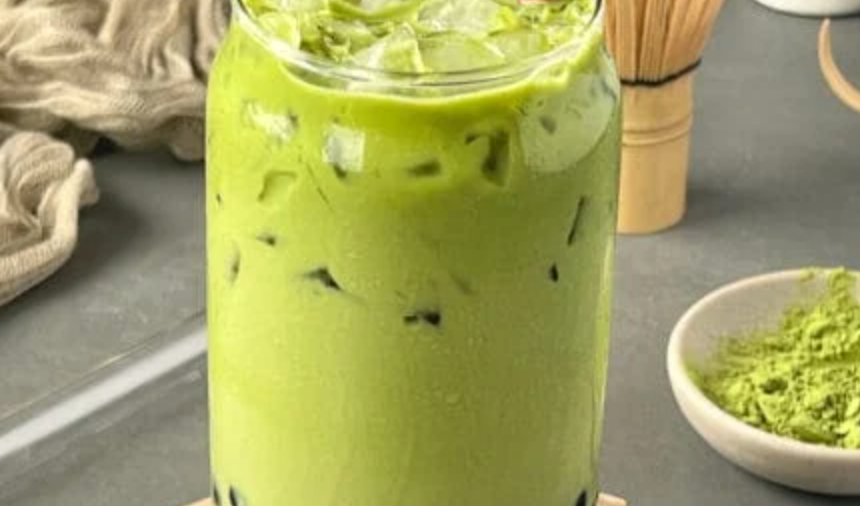
Read time: 4 min
Matcha, the vibrant green powdered tea known for its unique flavor and numerous health benefits, comes in different grades.
Two popular grades are culinary grade matcha and ceremonial grade matcha. In this blog post, we'll delve into the differences between these two types of matcha, exploring their characteristics, uses, and quality factors.
Culinary Grade Matcha:
Culinary grade matcha, also known as cooking grade or food grade matcha, is primarily used for culinary purposes. Here are some key features of culinary grade matcha:
-
Quality and Flavor: Culinary matcha is typically made from leaves that are harvested later in the season, which affects its quality. It possesses a stronger, more robust flavor compared to ceremonial grade matcha. It may have a slightly bitter or astringent taste, making it ideal for blending with other ingredients in recipes.
-
Culinary Applications: Due to its robust flavor profile, culinary matcha is best suited for cooking, baking, and incorporating into recipes. It adds a distinctive green color and a touch of bitterness to dishes like smoothies, lattes, desserts, sauces, and baked goods. Its versatility allows it to be used in a wide range of culinary creations.
-
Price: Culinary grade matcha is generally more affordable compared to ceremonial grade matcha due to its lower quality and intended purpose.
Ceremonial Grade Matcha:
Ceremonial grade matcha is the highest quality matcha available, often referred to as ceremonial ceremonial matcha. Here's what sets ceremonial grade matcha apart:
-
Quality and Flavor: Ceremonial matcha is made from the youngest and finest tea leaves, usually harvested early in the season. This ensures a higher quality and more delicate flavor profile. Ceremonial matcha has a smooth, mellow taste with a slight natural sweetness and a hint of umami.
-
Traditional Preparation: Ceremonial matcha is traditionally used in Japanese tea ceremonies, where it is whisked with hot water to produce a frothy and invigorating beverage. The focus is on savoring the pure taste of matcha and experiencing its calming and energizing effects.
-
Consumption as a Beverage: Ceremonial grade matcha is primarily enjoyed as a standalone beverage. It is meant to be savored slowly, appreciating the unique flavors and aromas. The high-quality leaves used in ceremonial matcha offer a more enjoyable and nuanced drinking experience.
-
Price: Ceremonial grade matcha is typically more expensive than culinary grade matcha due to its superior quality and the meticulous harvesting and processing methods involved.
While both culinary grade matcha and ceremonial grade matcha offer health benefits, there are some differences due to variations in quality and processing. Here are the potential health benefits associated with each grade:
Culinary Grade Matcha:
-
Antioxidant Boost: Culinary matcha contains high levels of antioxidants, including catechins like epigallocatechin gallate (EGCG). These antioxidants help fight free radicals, reduce oxidative stress, and support overall cellular health.
-
Increased Energy and Focus: Culinary matcha contains caffeine, which can provide an energy boost and enhance mental alertness. The combination of caffeine and other compounds in matcha, such as L-theanine, may promote a state of relaxed focus without the jitters associated with coffee.
-
Detoxification Support: Matcha contains chlorophyll, a natural pigment that gives it its vibrant green color. Chlorophyll has detoxifying properties and may help eliminate toxins from the body.
Ceremonial Grade Matcha:
-
Enhanced Calmness and Focus: Ceremonial matcha contains a higher concentration of the amino acid L-theanine, which promotes a sense of relaxation, mental clarity, and focus. L-theanine also helps modulate the effects of caffeine, providing a more balanced and sustained energy boost.
-
Stress Reduction: The combination of L-theanine and other components in ceremonial matcha may help reduce stress and promote a calm state of mind. It is often used in meditation practices to induce a sense of relaxation and tranquility.
-
Immune System Support: Ceremonial matcha, with its higher quality leaves, may contain more beneficial compounds, including antioxidants and polyphenols, that support immune function and overall well-being.
It's important to note that the health benefits of matcha, whether culinary or ceremonial grade, are generally attributed to its overall nutritional composition, including antioxidants, amino acids, vitamins, and minerals.
However, ceremonial grade matcha is often regarded as having a more desirable flavor and a greater concentration of certain beneficial compounds due to its superior quality.
Ultimately, the choice between culinary grade matcha and ceremonial grade matcha depends on your intended use and personal preferences.
Both grades offer health benefits, and incorporating matcha into your routine can be a flavorful way to support your overall wellness.
Conclusion:
While both culinary grade matcha and ceremonial grade matcha share the same origin, they differ in quality, flavor, and intended use.
Culinary matcha is robust in flavor and ideal for cooking and incorporating into recipes, while ceremonial matcha offers a delicate taste and is traditionally enjoyed as a ceremonial beverage.
Whether you're seeking matcha for culinary creations or a mindful tea experience, understanding the distinctions between these two grades will guide you in choosing the perfect matcha for your needs.
Remember, no matter the grade, matcha is a delightful and versatile ingredient that can add a touch of green elegance to your culinary adventures or bring a moment of tranquility to your tea rituals.






